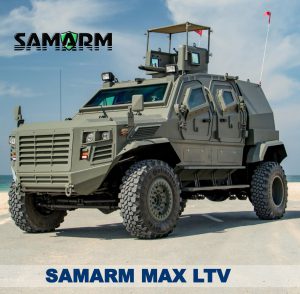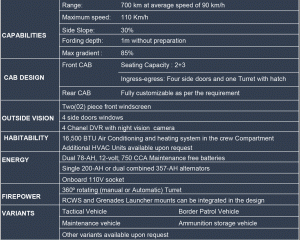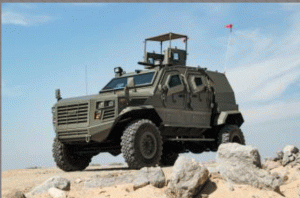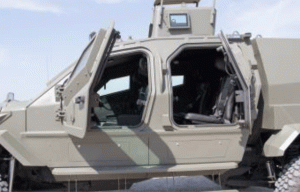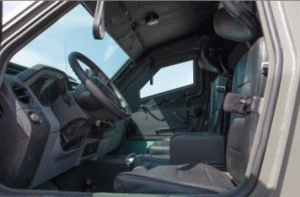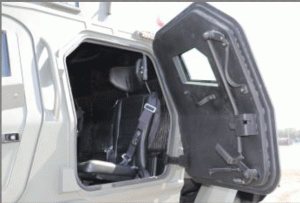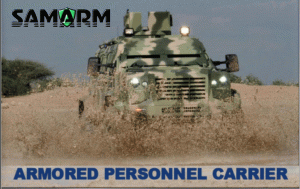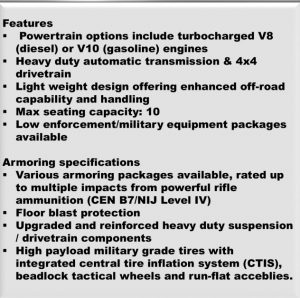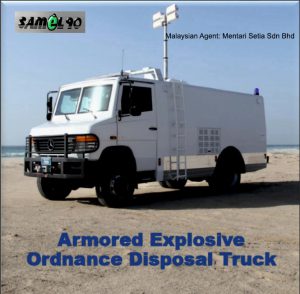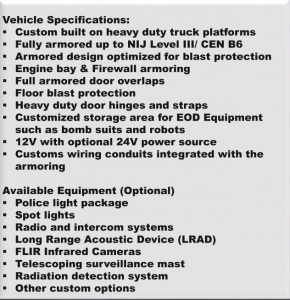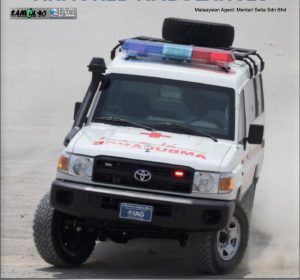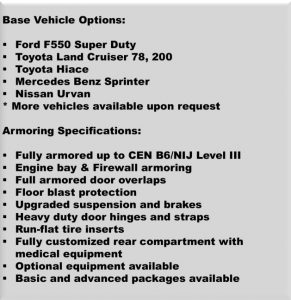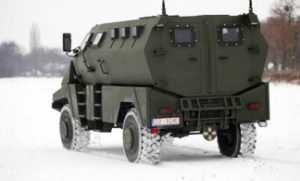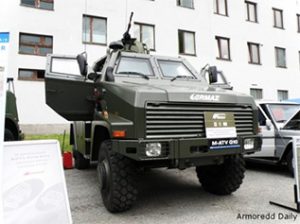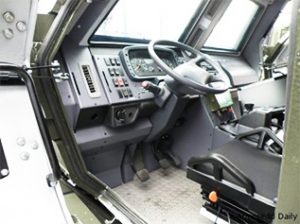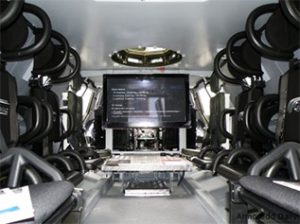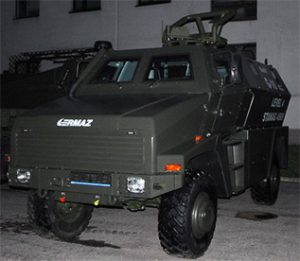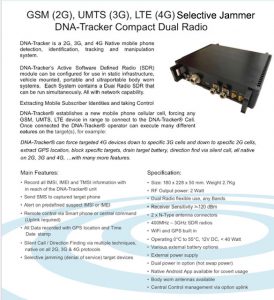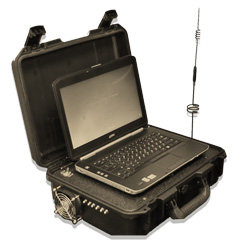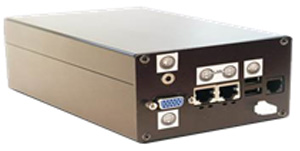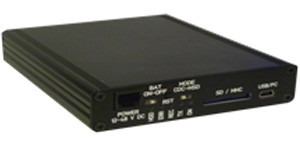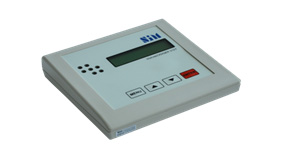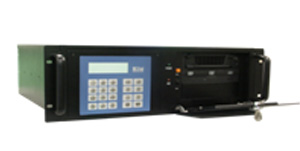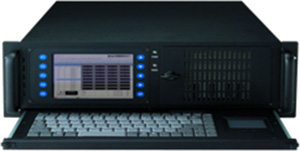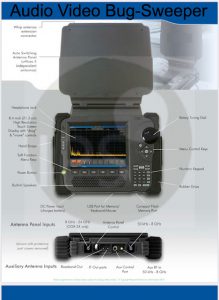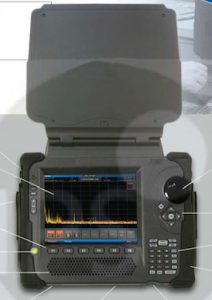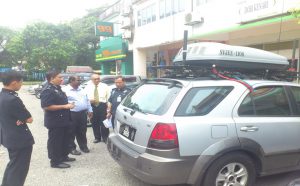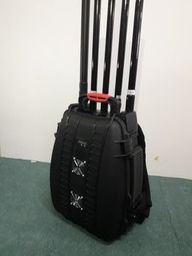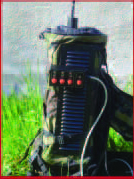Introduction
Integrated Services Digital Network (ISDN) is a set of communication standards for simultaneous digital transmission of voice, video, data, and other network services over the traditional circuits of the public switched telephone network
Prior to ISDN, the telephone system consisted of digital links like T1/E1 on the long-distance lines between telephone company offices and analog signals on copper telephone wires to the customers, the “last mile”. At the time, the network was viewed as a way to transport voice, with some special services available for data using additional equipment like modems or by providing a T1 on the customer’s location. What became ISDN started as an effort to digitize the last mile, originally under the name “Public Switched Digital Capacity” (PSDC).This would allow call routing to be completed in an all-digital system, while also offering a separate data line. The Basic Rate Interface, or BRI, is the standard last-mile connection in the ISDN system, offering two 64 kbps “bearer” lines and a single 16 kbps “delta” channel for commands and data.
ISDN Elements
Integrated services refers to ISDN’s ability to deliver at minimum two simultaneous connections, in any combination of data, voice, video, and fax, over a single line. Multiple devices can be attached to the line, and used as needed. That means an ISDN line can take care of what were expected to be most people’s complete communications needs (apart from broadband Internet access and entertainment television) at a much higher transmission rate, without forcing the purchase of multiple analog phone lines. It also refers to integrated switching and transmission in that telephone switching and carrier wave transmission are integrated rather than separate as in earlier technology.
Basic Rate Interference
The entry level interface to ISDN is the Basic Rate Interface (BRI), a 128 kbit/s service delivered over a pair of standard telephone copper wires. The 144 kbit/s overall payload rate is divided into two 64 kbit/s bearer channels (‘B’ channels) and one 16 kbit/s signaling channel (‘D’ channel or data channel). This is sometimes referred to as 2B+D.
Primary Rate Interface
The other ISDN access available is the Primary Rate Interface (PRI), which is carried over T-carrier (T1) with 24 time slots (channels) in North America, and over E-carrier (E1) with 32 channels in most other countries. Each channel provides transmission at a 64 kbit/s data rate. With the E1 carrier, the available channels are divided into 30 bearer (B) channels, one data (D) channel, and one timing and alarm channel. This scheme is often referred to as 30B+2D.
Bearer Channel
The bearer channel (B) is a standard 64 kbit/s voice channel of 8 bits sampled at 8 kHz with G.711 encoding. B-channels can also be used to carry data, since they are nothing more than digital channels. Each one of these channels is known as a DS0. Most B channels can carry a 64 kbit/s signal, but some were limited to 56K because they traveled over RBS lines. This was commonplace in the 20th century, but has since become less so.
X.25
X.25 can be carried over the B or D channels of a BRI line, and over the B channels of a PRI line. X.25 over the D channel is used at many point-of-sale (credit card) terminals because it eliminates the modem setup, and because it connects to the central system over a B channel, thereby eliminating the need for modems and making much better use of the central system’s telephone lines. X.25 was also part of an ISDN protocol called “Always On/Dynamic ISDN”, or AO/DI. This allowed a user to have a constant multi-link PPP connection to the internet over X.25 on the D channel, and brought up one or two B channels as needed.
Frame Relay
In theory, Frame Relay can operate over the D channel of BRIs and PRIs, but it is seldom, if ever, used.
Consumer and industry perspectives
There is a second viewpoint: that of the telephone industry, where ISDN is a core technology. A telephone network can be thought of as a collection of wires strung between switching systems. The common electrical specification for the signals on these wires is T1 or E1. Between telephone company switches, the signaling is performed via SS7. Normally, a PBX is connected via a T1 with robbed bit signaling to indicate on-hook or off-hook conditions and MF and DTMF tones to encode the destination number. ISDN is much better because messages can be sent much more quickly than by trying to encode numbers as long (100 ms per digit) tone sequences. This results in faster call setup times. Also, a greater number of features are available and fraud is reduced. In common use, ISDN is often limited to usage to Q.931 and related protocols, which are a set of signaling protocols establishing and breaking circuit-switched connections, and for advanced calling features for the user. Another usage was the deployment of videoconference systems, where a direct end-to-end connection is desirable. ISDN uses the H.320 standard for audio coding and video coding, ISDN is also used as a smart-network technology intended to add new services to the public switched telephone network (PSTN) by giving users direct access to end-to-end circuit-switched digital services and as a backup or failsafe circuit solution for critical use data circuits.

